
Hyundai i30 Fastback (2018-2022) engines, drive and performance
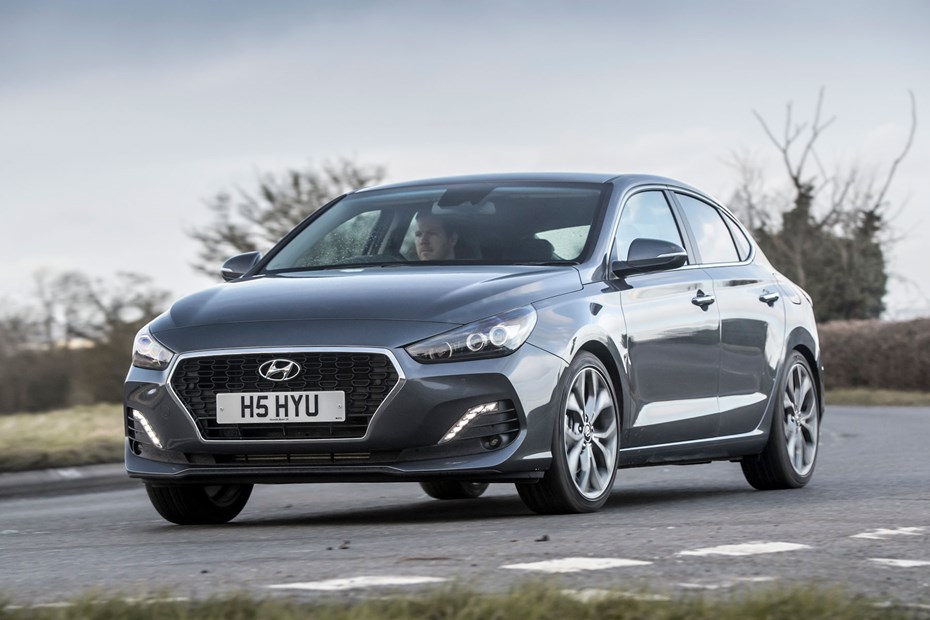
- Two engine choices – both petrol
- Choice of manual or automatic gearbox
- Both options offer good performance
Petrol engines
Hyundai used to offer a comprehensive range of engines on the i30 Fastback, but the brand has since trimmed down the line-up to just two petrol options. The cheapest powertrain is a 1.5-litre four-cylinder unit with 159hp and 253Nm of torque.
The engine can be paired with either a six-speed manual or a seven-speed dual-clutch automatic gearbox, both of which allow the car to sprint from 0–62mph in around nine seconds and reach a top speed of 130mph. Performance is reasonable, providing you’re happy to work the engine hard.
However, if it’s straight-line speed you’re after, you’d be better off with the i30 Fastback N. It’s powered by a turbocharged 2.0-litre four-cylinder petrol engine, which produces 280hp and 392Nm of torque, which puts it in the same ballpark as the Volkswagen Golf GTI Clubsport.
The flagship engine has enough grunt to push the i30 Fastback from 0–62mph in 5.9 seconds if you can shift gears fast enough. It’s also available with an automatic gearbox, which drops the 0–62mph time down to 5.4 seconds, thanks to the addition of launch control. Both variants will also reach a top speed of 155mph.
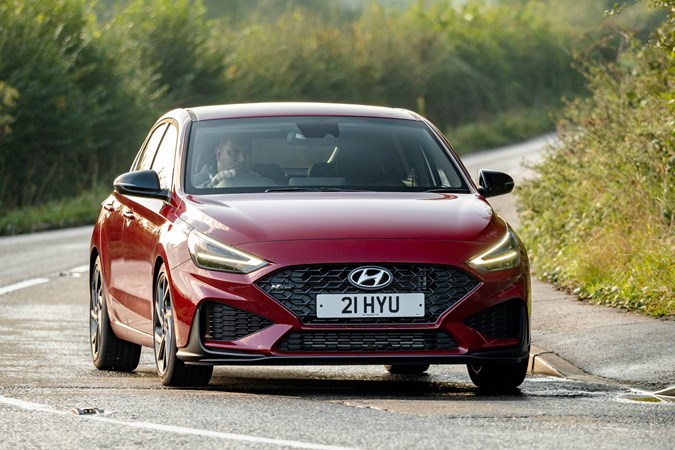
What’s it like to drive?
- Lower suspension than i30 hatchback
- Handles slightly better as a result
- Well-weighted steering setup
Even though it shares most of its components with the i30 hatchback, the i30 Fastback is better to drive. Hyundai has dropped the Fastback’s suspension by 25mm over the standard model, which lowers the centre of gravity and improves the handling. The ride’s on the firmer side as a trade-off, so if it’s outright comfort you’re after you’d be better off behind the wheel of the Mercedes CLA.
Grip is good, thanks in equal measure to the sporty chassis and the sticky, low-profile Michelin tyres – and the steering system has enough weight and feedback for enthusiasts. Granted, the standard N-Line model isn’t as fun to throw down a back road as a Ford Focus or a Mazda 3, but it’s more enjoyable than the badge on its nose would suggest.
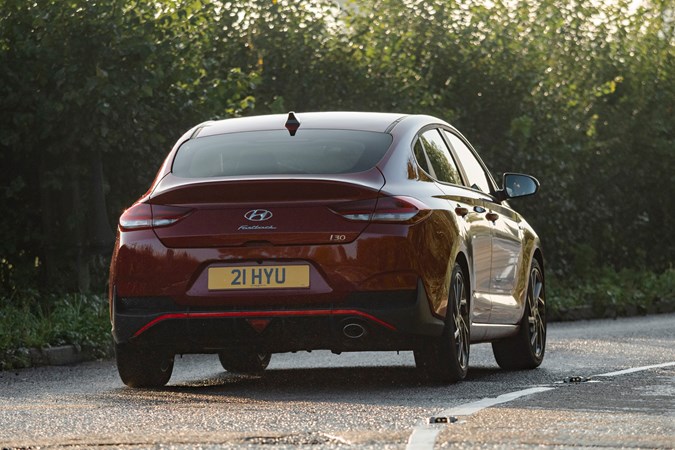
The manual gearshift is particularly noteworthy – which is just as well in the 1.5-litre model, considering how often you’ll need to use it to keep the engine in its sweet spot. It’s slick to use and feels much like a Mazda shifter, which is high praise indeed. We would have liked to see some paddle shifters for the automatic variant, though, as the gearbox can sometimes be a little dim-witted.
As you’ve likely already guessed, the best-driving version of the i30 Fastback is the N Performance model. It gets even stickier Pirelli P Zero tyres, sharper suspension and an electronically controlled limited-slip differential that allows the wheels to keep putting their power down, even when you floor the throttle on the way out of a corner. It’s a real hoot.



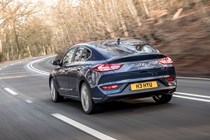
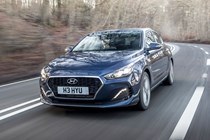
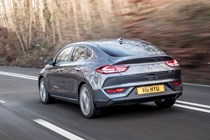

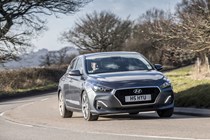

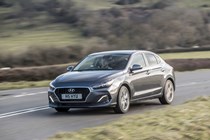
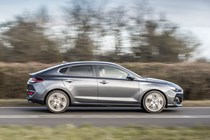
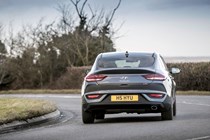
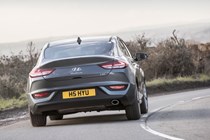
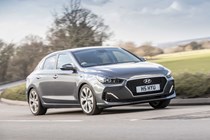
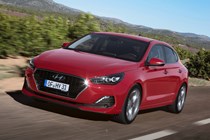



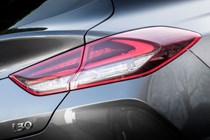
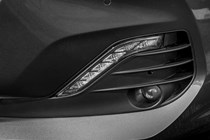
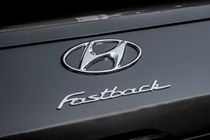
.jpg)
.jpg)
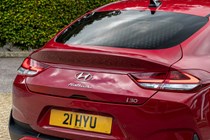
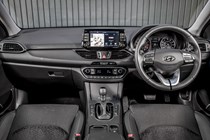
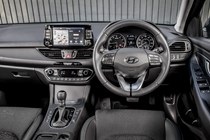
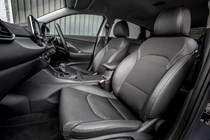
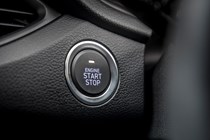
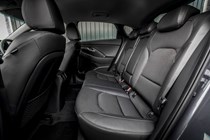
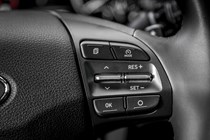
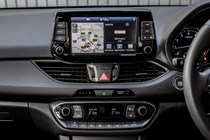
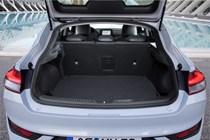
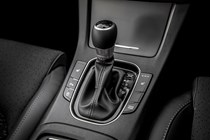
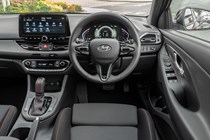
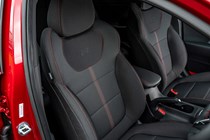
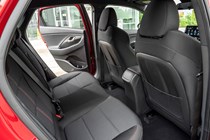
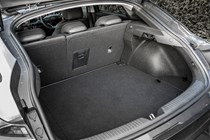
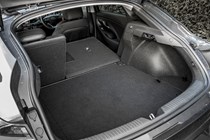


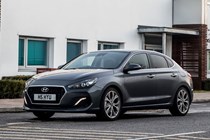
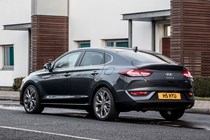
.jpg)
.jpg)
.jpg)
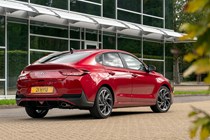




.jpg?quality=50)
.jpg?quality=50)
.jpg?quality=50)





















.jpg?quality=50)
.jpg?quality=50)















